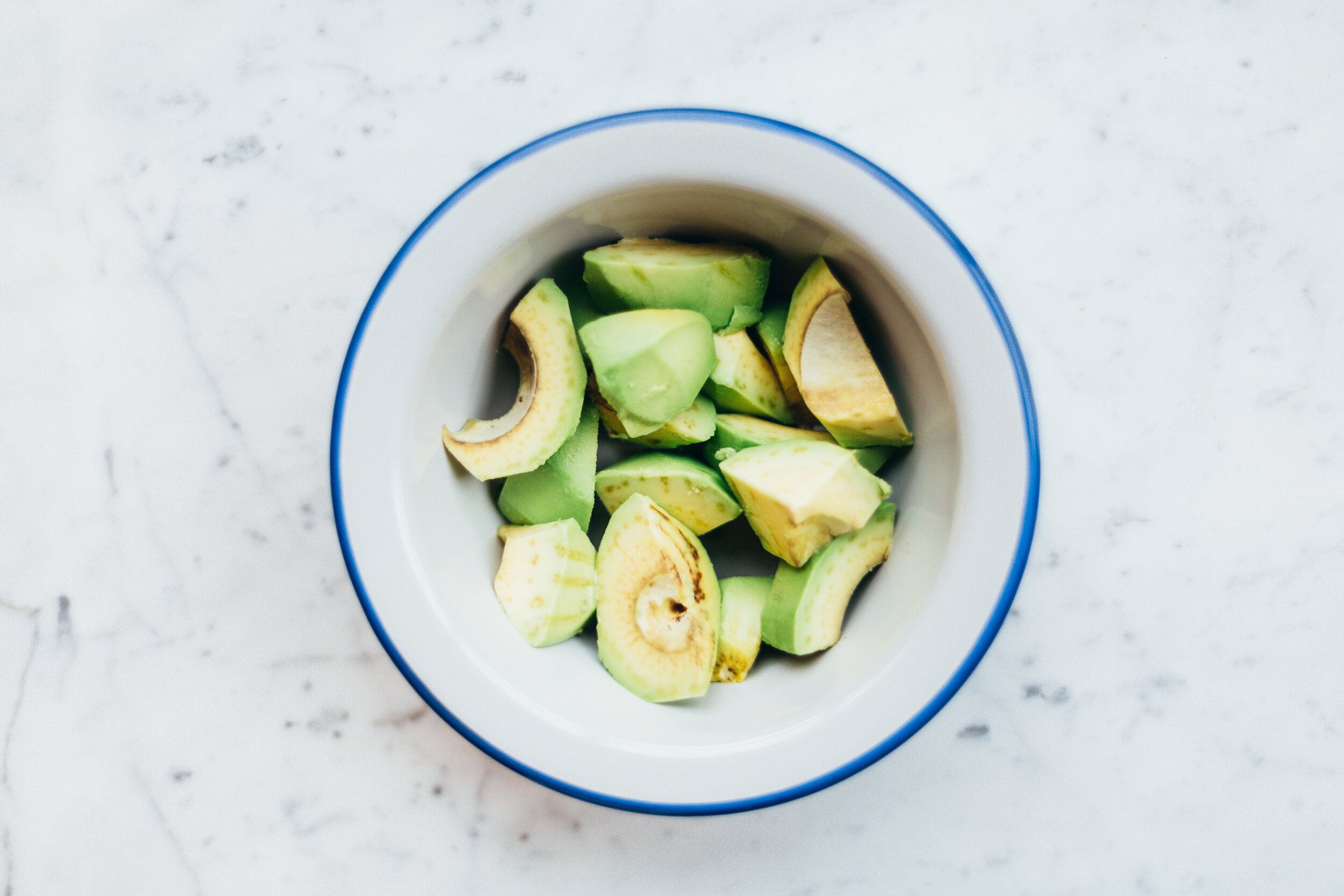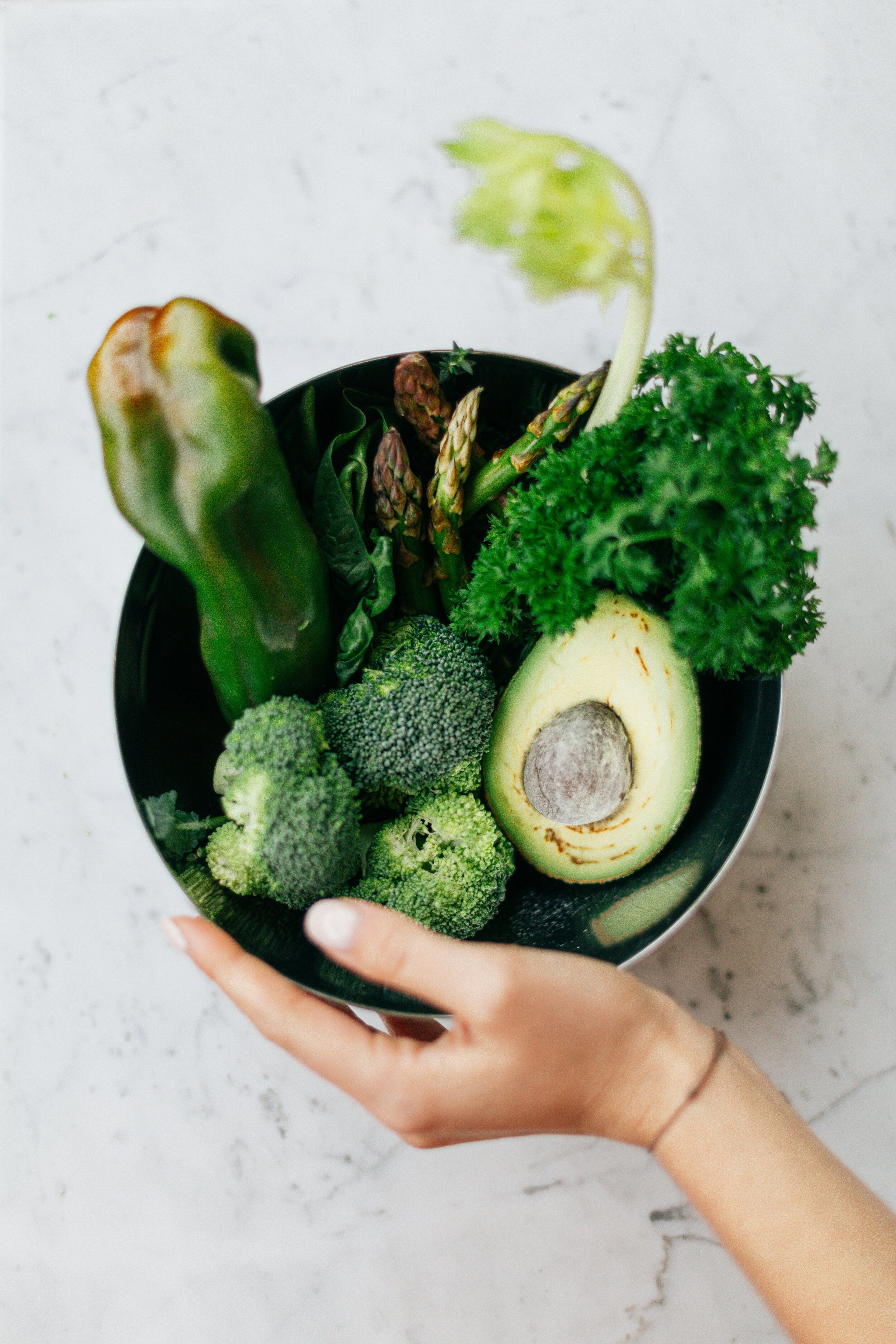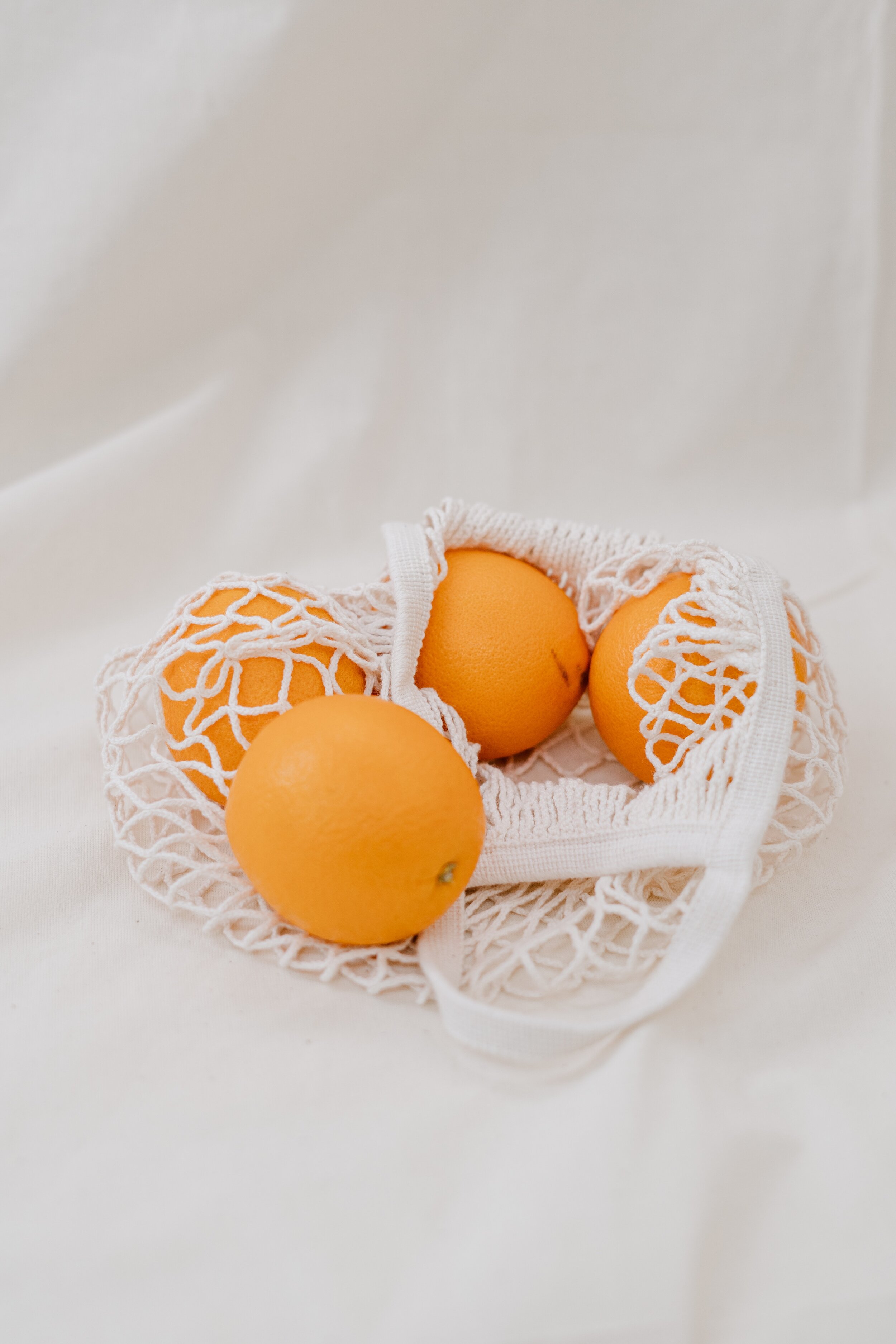March: 10 In-Season Fruits and Vegetables!
Each month comes and goes, and each grocery store carries new produce and takes away old. In the fall there is butternut squash, in the spring there is citrus, and the summer there is scrumptious watermelon. These days, farmers have found ways to offer fruits and vegetables at every season, practically. While this is convienient, it sacrifices flavor by eating these foods when they aren’t in-season. Buying seasonal produce is awesome for optimal flavor and it also helps bring in the seasons!
One thing to be weary of when buying seasonal produce (and really all produce) is whether to buy organic or non-organic. Different fruits and vegetables have different variables that make them more susceptible to pesticide residue sticking on them. While I always encourage organic produce, some fruits and vegetables are less susceptible to pesticide residues sticking to their outer shell or layers, and thus, safer to eat. Along with the 10 best in-season produce, I’m also writing a quick note on whether or not each should be bought organically or non-organically.
Without further a due, these are the 10 best in-season produce in the month of March — eat up and enjoy!!
March Seasonal Produce:
Citrus Fruit — citrus is sprayed with fungicides, pesticides, and herbicides. Since most of these chemicals end up on the skin of the fruit, non-organic is completely fine if you’re only using the inside juice. However, defiantly buy organic if you’re using the zest, peel, or putting a lemon wedge in your water.
Broccoli — Broccoli’s hard exterior makes it strong at repelling chemical residue. Non-organic is usually fine on this one, just make sure to scout out a bunch that doesn’t have any brown spots on it. On EWG’s “clean” list.
Avocados — Avocados usually make it on the EWG’s “Clean” list most years. This is because studies have shown limited amounts of pesticide residue on an avocados outer layer. And since you’re not usually eating the outer shell (I hope!) it’s totally okay to go non-organic on this one! On EWG’s “clean” list.
Cabbage — this is okay to buy non-organic only if you remove the outer leaves of the vegetable. If you want to use all of the leaves, I would defiantly buy organic since it doesn’t have a hearty shell to ward off chemicals before you break into it. On EWG’s “clean” list.
Spinach and other Greens — definitely buy Organic! Spinach is one of the top foods that pesticides are shown to stick the best to. Yikes! On EWG’s “Dirty Dozen” list.
Brussel Sprouts — brussel sprouts are okay to buy non-organic only because you typically will peel their outer layers when prepping to cook them. However, if not taking off the outside layers, buy organic.
Peas — for fresh snap peas, chemical residue is common so it is better to go organic. However, for frozen peas, it’s okay to go non-organic. Frozen peas are on EWG’s “clean” list.
Cauliflower — this vegetable is farmed in a way that is usually handled biologically from pests, so usually it’s okay to buy non-organic. On EWG’s “clean” list.
Mushrooms — pesticides are not as common when growing mushrooms because they are usually grown inside controlled facilities, so non-organic is fine for these.
Asparagus — asparagus has a somewhat thick covering that studies have shown to ward off high amounts of pesticides… they also have an enzyme that actually breaks down a pesticide called malathion. Because of this, non-organic is usually fine! On EWG’s “clean” list.
There you have it! The 10 best in-season fruits and vegetables! Eat up these amazing goods with joy as winter falls behind us and spring emerges!
For more information on what fruits and vegetables have harmful pesticides on them, I suggest visiting the EWG’s website. It is an educationally packed website that shows which fruits and vegetables are on the “clean” list or “dirty dozen” list.
Stay tuned for more monthly seasonal fruit/veggie lists coming soon!



